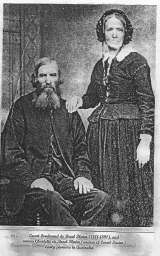
Ferdinand Plater with his late brother's widow |
The Polish Club in Ashfield will organize a Week of Polish Culture (February 2007) to celebrate the contribution of the first Polish settlers in New South Wales.
The first known Polish settler in Australia, a convict John Potaski arrived at Port Phillip (then part of NSW) in the “Calcutta” in 1804. He later settled in Hobart.
The first non-convict group of Polish settlers consisted of Prince Konstantine Alois Drucki-Lubecki and his in-laws Count Lucien Plater and his brother Ferdinand (both relatives of Tadeusz Kosciuszko).
Prince Drucki Lubecki was the first known Polish settler in NSW. He arrived in Sydney on the “Eden” in 17th October 1838. The cabin passengers included his wife Laura nee Duffus as well as Rev. John Duffus, his wife and their 5 children.
The Rev. John Duffus became rector of Liverpool Parish and an incumbent of St Luke’s church, the oldest existing Anglican church in Australia.
Count Lucien Plater, who married Charlotte Duffus, arrived in Sydney on 7th January 1840.
The Duffus sisters, Laura, Susan and Charlotte established a school for Young Ladies at Gough House, Parramatta.
About 1858 the Lubeckis moved to Victoria, and later to New Zealand. Alois died in 1864 and was buried in the Southern Cemetry, Dunedin. Princes Laura Lubecki died in 1901 aged 86 years.
Count Lucien Plater, born 19th November 1808 was the third son of Thaddeus, Marshal of the Nobility and Chief Criminal Assessor in Vilna and of Aniela Rachela Kosciuszko. At the time of the outbreak of the 1830 Insurrection in Poland (Powstanie Listopadowe) Lucien and his younger brother Ferdinand were students in the Russian Officers’ School at Dynaburg. In April 1831 they escaped and joined up with a party of insurgents.
Lucien and Ferdinand were cousins of Emilia Plater ( known as the Polish Joanna d’Arc).
The brothers included her into their conspiracy to capture Dynaburg Fortress. Given the rank of Captain, Emilia became one of the leaders of the insurrection in the Vilna region. Many Polish poets and painters paid tribute to her.
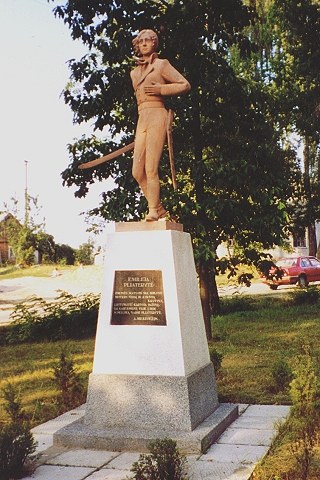
Emilia Plater monument in Kopciowo |
After the failed insurrection Count Lucien Plater migrated first to France (where he helped Ignacy Domeyko publish a newspaper “The Polish Pilgrim”) and then to England where he got married to Charlotte Duffus.
Lucien, Charlotte and their first child Emily-Laura, with Ferdinand, arrived in Sydney on board the “Alfred” on 7th January 1840. They undoubtedly expected to receive a grant of land in the colony. This did not happen because it is understood Lucien and his brother were not prepared to become naturalised British subjects and always held hopes of returning to Poland.
They settled down in Parramatta. Lucien with his two oldest sons and his brother Ferdinand were engaged in a cordial and confectionery business. They occupied the oldest commercial building in Australia which still exists (George Street, Parramatta) and was featured in an SBS TV program of June 1985.
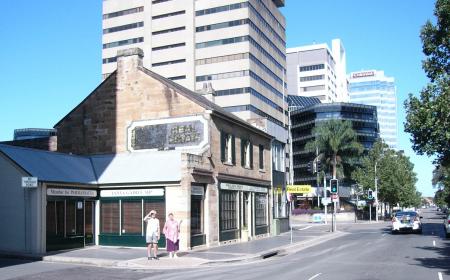
Plater's house today, George Street, Parramatta |
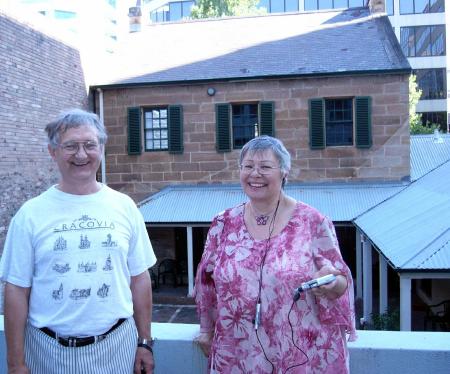
Ernestyna and Andrzej Kozek at the back of Plater's house |
Soon after their arrival the Plater brothers met Sir Paul Edmund Strzelecki at William Macarthurs’s farm in Camden. Allegedly Count Strzelecki said, should he discover a river or a mountain he would name it after a Polish hero, King Sobieski or general Kosciuszko. Today the highest mountain in Australia is named in honour of the Polish and American national hero, Tadeusz Kosciuszko, as Strzelecki promised.
The dramatic story of Count Lucien Plater, being constantly followed by a tzar emissary has been described by Collinridge Rivett (himself a son of Polish migrant, Marta Gradowska) in his wonderful book “The Transplanted Lime Tree”.
According to the novel, count Lucien Plater died of stroke after the tzar agent finally caught up with him and admitted his role was to kill him.
Lucien died in Parramatta on the 12th June 1857 and was buried in the historic cemetery of St John’s Church of England at Parramatta where some well known early Australian persons were also buried.
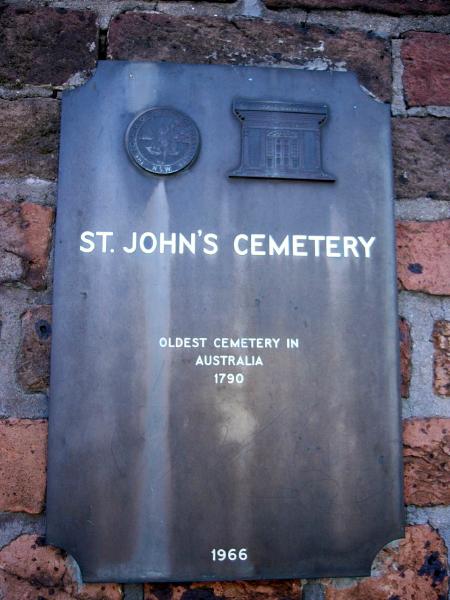
The historic cemetery at Parramatta |
In publicity of recent times for the restoration of the tombstones in the cemetery, amongst the names of those to be included has been the name of “Count Lucien de Broel Plater, the famous Polish underground fighter of the 1830 anti-Russian revolution”.
Count Ferdinand Plater, never married, took care of Lucien’s sons. According to NSW Government records Ferdinand became naturalized in 1860.
A copy of family history with originals of letters and documents are available at the National Museum of Australia.
| 

